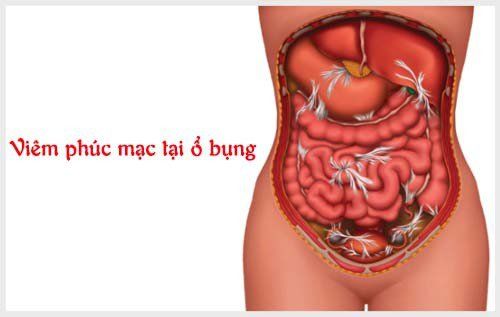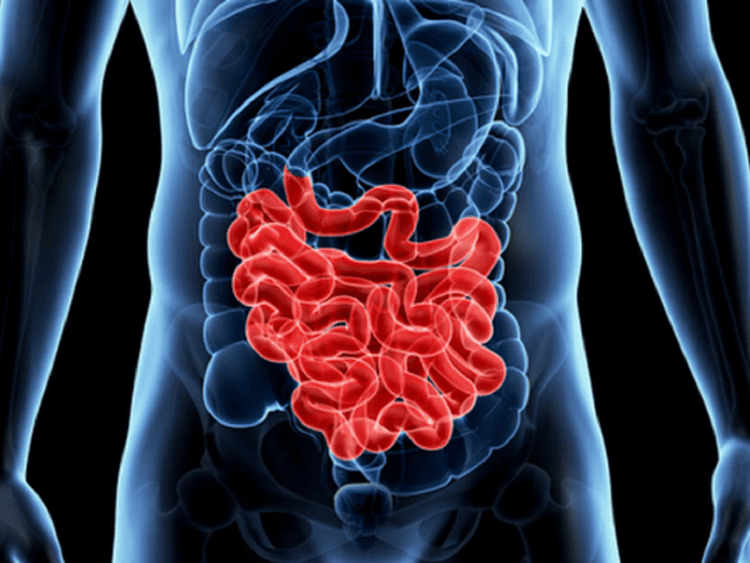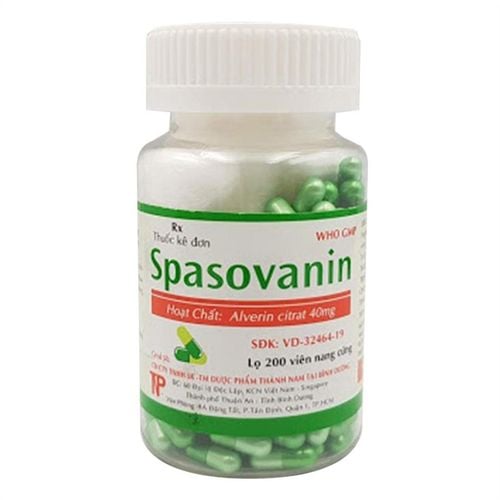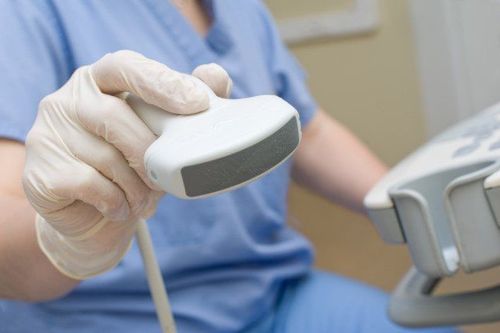This is an automatically translated article.
Intestinal adhesions are common after patients undergo abdominal surgery with traditional surgical methods. The development of laparoscopic surgery not only reduces the risk of intestinal adhesions but also can be applied to remove adhesions for many cases of intestinal obstruction after surgery.
1. What is intestinal adhesions?
Intestinal adhesions can originate from many different reasons, but the majority of patients who have undergone abdominal surgery will develop intestinal adhesions after surgery. 65%-75% of cases of postoperative bowel obstruction are related to intestinal adhesions.
With the development of medical techniques, laparoscopic surgery is more and more commonly applied to reduce the risk of intestinal adhesions compared with traditional surgical methods on both experimental and clinical.
2. In which case is laparoscopic surgery to remove adhesions applied?
Indications for laparoscopic surgery to remove intestinal adhesions include cases in which patients with intestinal obstruction after surgery have indications for surgery, but the number of surgeries for intestinal obstruction is not more than 3 times.
3. In which cases is laparoscopic surgery to remove adhesions not used?

Bệnh nhân có dấu hiệu viêm phúc mạc sau phẫu thuật tắc ruột chống chỉ định với phẫu thuật nội soi
Laparoscopic surgery to remove intestinal adhesions will not be performed if the patient has contraindications:
Patients who cannot perform intra-abdominal inflation: People with severe heart and lung disease, people with increased intracranial pressure. The patient has a severe coagulopathy. The patient had intestinal obstruction after surgery but was showing signs of peritonitis.
4.The process of preparing and conducting laparoscopic surgery to remove intestinal adhesions
For successful laparoscopic surgery to remove intestinal adhesions, the patient needs to complete the pre-operative preparation process as follows:
The patient is examined, diagnosed and indicated for surgery. The patient was explained and advised by the doctor about his condition and about the laparoscopic method of removing intestinal adhesions. The patient consented to the surgery. The patient was completed the necessary tests, was examined before anesthesia. Before surgery, the patient fasted completely and was thoroughly cleaned.
5. Possible risks of laparoscopic surgery to remove adhesions

Trong quá trình phẫu thuật nội soi gỡ dính ruột có thể làm tổn thương ruột non
Laparoscopic surgery to remove intestinal adhesions can occur certain complications and complications:
Common complications are acute bleeding during surgery, and damage to the small intestine. Common complications include postoperative hemorrhage, gastrointestinal fistula, peritonitis, and re-occurrence of bowel obstruction after surgery.
6. Caring for patients after laparoscopic surgery to remove intestinal adhesions
After laparoscopic surgery to remove intestinal adhesions, the patient should be monitored and taken care of some of the following issues:
Monitor complications of anesthesia, monitor vital signs. Monitor abdominal status and drainage. Feed the patient completely through the intravenous line until the condition is stable, the abdomen collapses, the patient has a bowel movement. Change dressings and clean wounds. To register for examination and treatment at Vinmec International General Hospital, you can contact Vinmec Health System nationwide, or register online HERE.
MORE :
Postoperative intestinal adhesions: What you need to know How to manage intestinal adhesions after surgery Warning symptoms of intestinal obstruction













